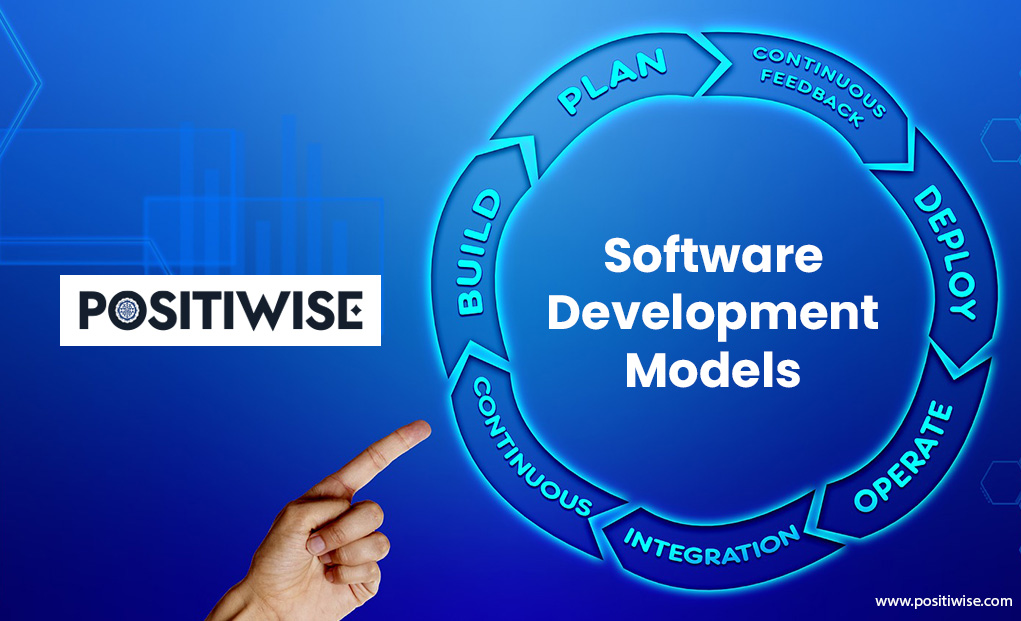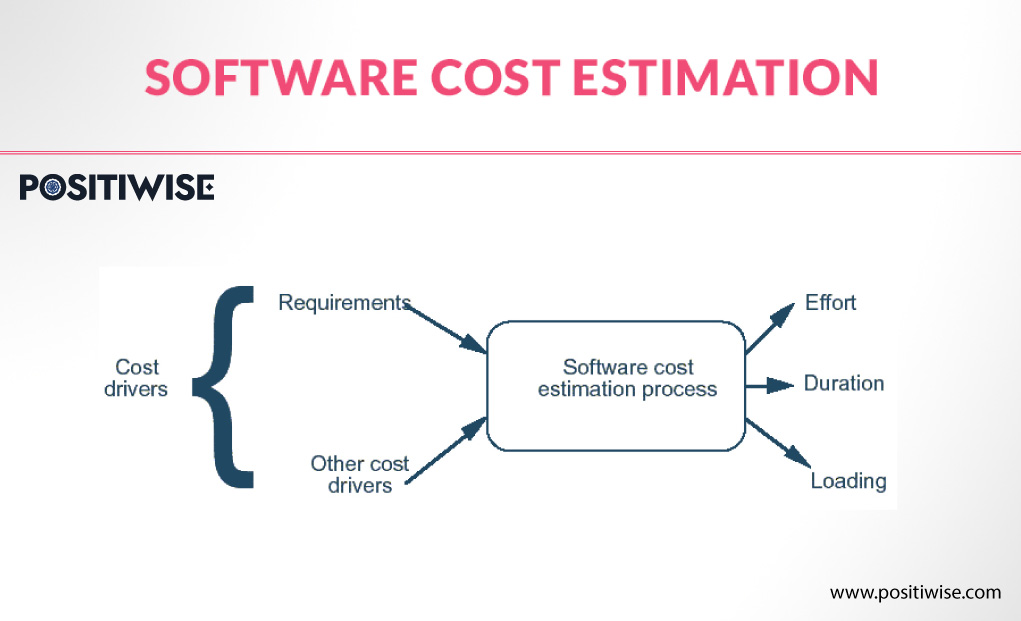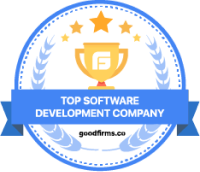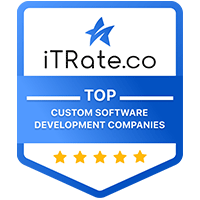Quick Overview:
Cost, Time, Team, and Resources are the essentials of any project, and finding them all out together in a reliable manner is the most significant flex for your software project. With increasing competition between development companies, every organization offers numerous IT engagement models to retain and gain new clients. Also, any firm must select an authentic digital partner who can assure quality and transparency throughout the development procedure.
Many organizations only focus on the final product and pass over the step to pick out the most suitable engagement model, which causes them to pay more than the required amount. Therefore, it is a vital process that every enterprise must consider while looking for a software development company.
Furthermore, one should understand the meaning of the engagement model, types of engagement models, their benefits over the traditional hiring methods, and a brief overview of selecting a model for a project. Let’s find it all.
What are Engagement Models for Software Development?
Engagement models are used to define the guidelines, level of responsibilities, and control for determining the basis of collaboration between both parties. In simple terms, businesses avail these models to lay out the guidelines, commitments, tasks, cost, duration, and obligations for the entire steps included in the procedure to furnish a business application.
Moreover, it demonstrates the involvement of a team member in the project, assigns specific tasks to them, sets deadlines for completing the work, and outlines the payment terms between the Client and the IT company. Therefore, choosing a suitable model must be on the list of the company’s prime objectives when finding a source to hire technical and business experts for any software project.
Moreover, the IT company assures the Client of the quality of the final product and provides a well-defined structure of the total cost to be paid.
Benefits of Software Development Engagement Model
The question arises: Why should one choose an engagement model for software development when one can sign the contract and define their budget with the IT firm? To address your queries, we present the exclusive advantages of opting for an engagement model:
- Defining the required team members and resources before project initiation aids in reducing the overall cost.
- The engagement model eliminates any hidden charges, allowing you to choose assets within your cost constraint.
- One can change team size anytime by opting for a different model and customizing the currently selected approach.
- Outsourcing increases overall efficiency, as the Client can afford Full-Stack services.
- The low pricing and high-quality standards give us an edge over the competition.
- They effortlessly perform a feasibility study and cross-verify the business requirements.
- The application can impeccably integrate any modifications according to changes in the enterprise’s business strategies and internal working.
- You can get the professionals and robust hardware/software assets for furnishing the app before the deadline.
- Each teammate performs seamless communication with the Client, giving the Client more control over each project phase.
Most offered Engagement Models for Software Development
Companies offer several engagement models, which creates a hassle to select the right one. However, every approach has its standards followed throughout the industry. In addition, you can easily create your engagement mechanism as per your business needs and finalize it by consulting with the firm you are joining forces with. We have provided a list of the most common and scalable models:
Fixed Price-Based Model
Adopting the Fixed Price model does not mean providing random changes between development in exchange for the amount explicated with the digital partner. Instead, this model defines the overall cost, business needs, scope, and other software project requirements permanently. Once we complete the planning phase and start crafting the final software, we cannot go back and add additional features. The client must pay the overall amount once we successfully test and deploy the software.
Furthermore, any changes in scope can lengthen the time-to-market, and we must re-execute all other procedures from the beginning. This model eliminates the need to have a variable +/-10% of the initial project cost and guarantees your enterprise solution within the timeline.
Time and Resource-Based Model
By selecting this model, you can rest assured that your software will deliver exceptional quality and performance. However, the amount spent on creating the solution is directly proportional to the time and number of resources utilized to fulfill dynamic business necessities. We discover time and material risks in the initial phase as we process multiple evaluations in small iterations. One has to pay the cost of the outsourcing company’s expenditure on hardware, software, and human assets.
This model best suits medium and large-scale projects where cost is not a concern, and the enterprise’s main objective is to achieve the stated goals. The Agile methodology incorporates different new components, modules, and technologies into the software solution until it meets the business requirements.
Milestone Based Model
In this model type, the development teams declare milestones during the initial project phase and divide the overall cost into small segments. Once a milestone is completed, they release payment and move further to achieve the next milestone.
The Client benefits greatly from this approach, as they can deduct the amount from the resource pool only when they achieve the target and the quality meets expectations. Also, the team promptly focuses more on each detail to reach the next point for receiving payment. Furthermore, sometimes timeline and requirement of resources are not adequately clarified, which delays the project completion and pulls the budget bar a little higher.
Dedicated Team Model
The software development industry considers this engagement model one of the most compatible and popular. The Client hires human resources to work on multiple projects in this model. Professionals agree on a fixed hourly or monthly rate, and the Client has the flexibility to modify the project scope at any time. However, the Client has to pay wages to the team after a fixed interval and ensure that all the hardware and software assets are available.
In this approach, the Client benefits from tracking real-time progress and maintaining the budget, regardless of the complexity, workload, and changing user demands. The Client can only deduct the amount from the resource pool when they achieve the target, and the quality meets expectations. The only drawback of this model is that the Client has to plan the number of team members and task allocation accurately; otherwise, extended cost and time can lead to heavy losses.
Hybrid Model
These models combine two or more engagement models for software development, such as the blended version of the Fixed Cost and Resource-based model and Fixed Cost with the Dedicated Team Model. As a result, the Client can divide the project into small segments to save cost and ensure timely completion. For example, you can conduct the requisites gathering, assessment, and planning phase at a fixed cost and perform the development stage according to the resource-based model.
Clients can opt for the hybrid model for any project. By doing so, they can flawlessly customize it and receive an up-to-date software solution that caters to every aspect of their core business operation. Moreover, the hybrid model optimizes transparency and control over the project, enabling clients to prepare a workflow plan that streamlines all processes.
How to select a relevant Engagement Model
We have discovered and written the most relevant elements, which every organization must analyze before choosing any IT engagement models for software development.
Analyze Project Scope and Type
At first, we need to generate the project scope and classify in-scope and out-scope to understand the stakeholder’s requirements better. The timeline should also be determined, leading to picking out a suitable engagement model. Further, you must consider the type of software, whether you need a website, web app, or application, and be sure about the gathered requirements; as, in the fixed model, every aspect is set and decided in the planning phase.
Determine Budget and Time-to-market
After collecting all the necessary business demands, the next step is to research the market to get a rough idea of the required budget. Go through the websites of different software development companies to get a consultation and know about wages demanded by individual team members. In addition, search through freelancing websites to outsource people on an hourly, monthly, or milestone basis.
Technology Suite to be used for Software Project
This is a crucial step, as it helps to understand the resource requirement of the project. Then, after knowing about the technology, you can precisely search across the web and compare it with the process of other companies offering the same services. By this, you can quickly negotiate and crack the deal of creating a tailored engagement model for fabricating your business solution.
Flexibility
Besides budget, schedule, and assets, flexibility is a vital aspect of any engagement model. It is considered to ensure that client modifications can be added anytime and that agile methodology is followed for better collaboration.
Control and Transparency
One should select an engagement structure that provides overall control and seamless communication with the team for continually updating current project progress and planning for further operations. Also, all the terms and conditions must be cleared and signed between both parties in the beginning.
Accelerate Your Business with Custom Software Solutions
Struggling with outdated or ineffective software? Our expert team provides custom systems designed specifically for your business needs. We analyze your operations, build solutions to fit your workflow, and integrate with existing infrastructure.
Conclusion
As discussed above, IT organizations offer numerous engagement models for software development, although it purely depends on your business demands, budget, and timeline when choosing one for your project. Every structure has advantages and disadvantages, so knowing about every model before finalizing anything is essential.
In addition, you should understand components, such as project scope, business prerequisites, and terms and conditions of both organizations before going further with the development process. Finally, one must always consult with the IT firm to get an overview of the services included in each model and then only go for it.
Expert in Software & Web App Engineering
Parag Mehta, the CEO and Founder of Positiwise Software Pvt Ltd has extensive knowledge of the development niche. He is implementing custom strategies to craft highly-appealing and robust applications for its clients and supporting employees to grow and ace the tasks. He is a consistent learner and always provides the best-in-quality solutions, accelerating productivity.






